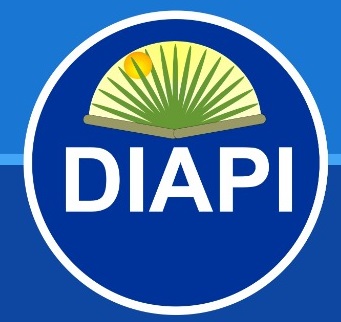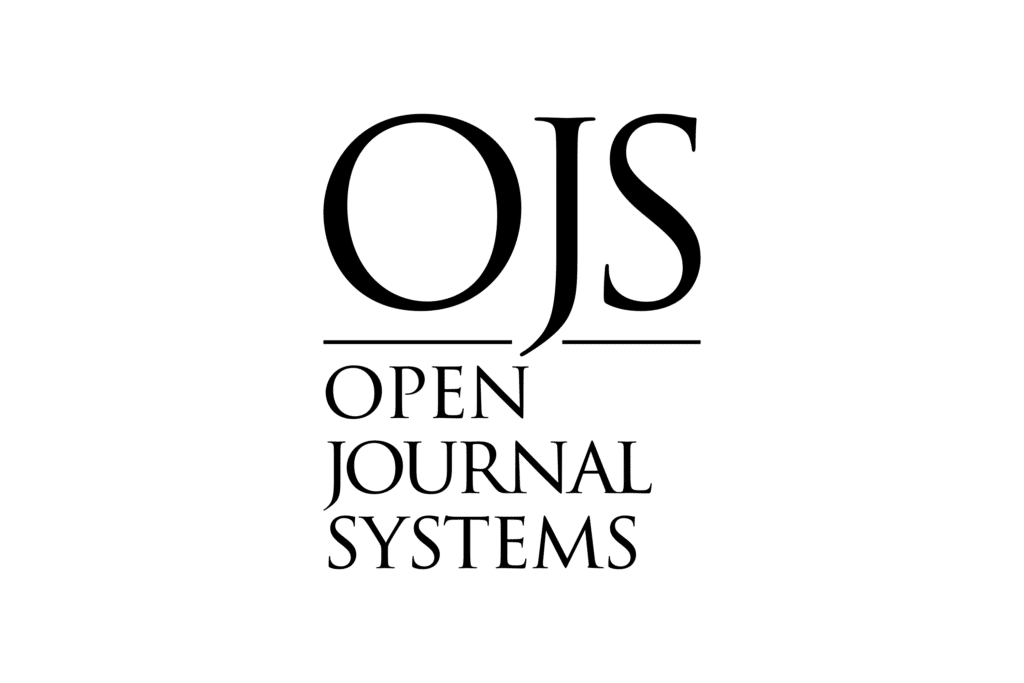Methodological Proposal to measure the Tourism Competitiveness of Hotel Companies within the Pinar del Río Tourist Destination using a quantitative approach.
DOI:
https://doi.org/10.52579/diapi.vol4.i.a18669Keywords:
Tourism competitiveness, Indicators, Goal programmingAbstract
At present, competitiveness is essential for the growth of tourism, being extremely important for the economic growth of a region or country. In this way, the competitiveness of a nation is the sum of the competitiveness of its individual companies.
The present study has as general objective to design a proposed methodological for the measurement of the tourist competitiveness of the Hotel Companies within the tourist destination Pinar del Río, by means of a quantitative approach so that all the indicators of the activity registered in the Ministry of Tourism (MINTUR) are considered contributing To the basis of the decision-making process. For the development of this work techniques and research methods were applied such as interviews, bibliographical consultations and review of documents. As a result we obtain a methodological proposal that allows us to measure the competitiveness of Hotel Companies within the tourist destination Pinar del Río, taking into account the needs of those involved in its tourism development, the steps that make it up guarantee an easy and quick application.
Downloads
References
Ascón Villa, J.E y García González, M. (2021). Metodología para el desarrollo de habilidades directivas esenciales desde la formación turística. Revista COODES. Vol. 9 No. 1 (enero-abril). ISSN 2310-340X RNPS 2349.
Bahar, O., & Kozak, M. (2007). Advancing destination competitiveness research:Comparison between tourists and service providers. Journal of Travel and Tourism Marketing.
Bañuls, A. L., Rodríguez, A. B. R., & Jiménez, M. S. (2007). EL CAPITAL HUMANO COMO FACTOR ESTRATÉGICO PARA LA COMPETITIVIDAD DEL SECTOR TURÍSTICO. Cuadernos de Turismo, 19. https://revistas.um.es/turismo/article/view/13831
Blancas. (2010). The assessment of sustainable tourism Aplication to Spanish coastal destinations.
Cottrell, & Ibbou. (2004). SOM-based algorithms for qualitative variables.
Craigwell. (2007). Tourism competitiveness in small island developing states.
Crouch, & Ritchie. (1999). Tourism, competitiveness, and societal prosperity.
Dwyer. (2001). Qualitative methodologies for geographers: Issues and debates.
Dwyer, L., & Kim, C. (2003). Destination competitiveness: Determinants and indicators. Current Issues in Tourism. 369-414.
Enright, M. J., & Newton, J. (2004). Tourism destination competitiveness: A quantitative approach. Tourism management.
Green, P. E., & Rao, V. R. (1971). Conjoint measurement for quantifying judgmental data. journal of Marketing research.
Hong. (2008). Heart disease and stroke statistics.
Hotelling. (1933). Analysis of a complex of statistical variables into principal components. Journal of education psychology.
Keeney, L., & Raiffa, H. (1976). Decisions with multiple objetives: Preferences and value tradeoffs. Wiley.
Luce, & Tukey. (1964). Simultaneous conjoint measurement: A new type of fundamental measurement.
Luque, & Barrio. (2000). Técnicas de análisis de datos en investigación de mercados.
Nardo, M., Saisana, M., Saltelly, A., Tarantola, S., Hoffman, A., & Giovannini, E. (2005). Handbook on constructing composite indicaotrs: Methodology and user guide.
Pena, J. A. (1978). La distancia P: un método para la medición del bienestar. Revista Española de Economía, 49-89.
Pérez, V., Guerrero, F., González, M., Pérez, F., & Caballero, R. (2014). La sostenibilidad de los destinos cubanos de turismo de naturaleza: Un enfoque cuantitativo. Tourism & Management Studies, 10(2), 32-40.
Saaty, T. L. (1980). The Analytic Hierarchy Process.
Scott, B. R. (1985). Competitiveness in the World Economy.
Ugwu. (2006). Sustainability appraisal in infrastructure projects (SUSAIP): Part 1. Development of indicators and computational methods.
Wind, J., & Green, P. (1975). A New Way to Measure Consumer Judgments. Harvard business review, 53, 107-117.
Downloads
Published
How to Cite
Issue
Section
License
Copyright (c) 2023 Marlan Paola Abreu Aguila, Víctor Ernesto Perez Leon, Claudia Permuy Díaz

This work is licensed under a Creative Commons Attribution-ShareAlike 4.0 International License.
Direitos Autorais
A submissão de originais para a Diálogos e Perspectivas Interventivas (DIAPI) implica na transferência, pelas(os) autoras(es), dos direitos de publicação. Os direitos autorais para os manuscritos publicados nesta revista são das(os) autoras(es), com direitos da DIAPI sobre a primeira publicação. As(os) autoras(es) somente poderão utilizar os mesmos resultados em outras publicações indicando explicitamente a DIAPI como o meio da publicação original.
Licença Creative Commons
Exceto onde especificado diferentemente, aplicam-se à matéria publicada nesta revista científica os termos da licença Creative Commons Attribution-ShareAlike 4.0 International License, que permite o uso irrestrito, a distribuição e a reprodução em qualquer meio desde que a publicação original seja corretamente citada.













 Esta obra está licenciada com uma Licença
Esta obra está licenciada com uma Licença 